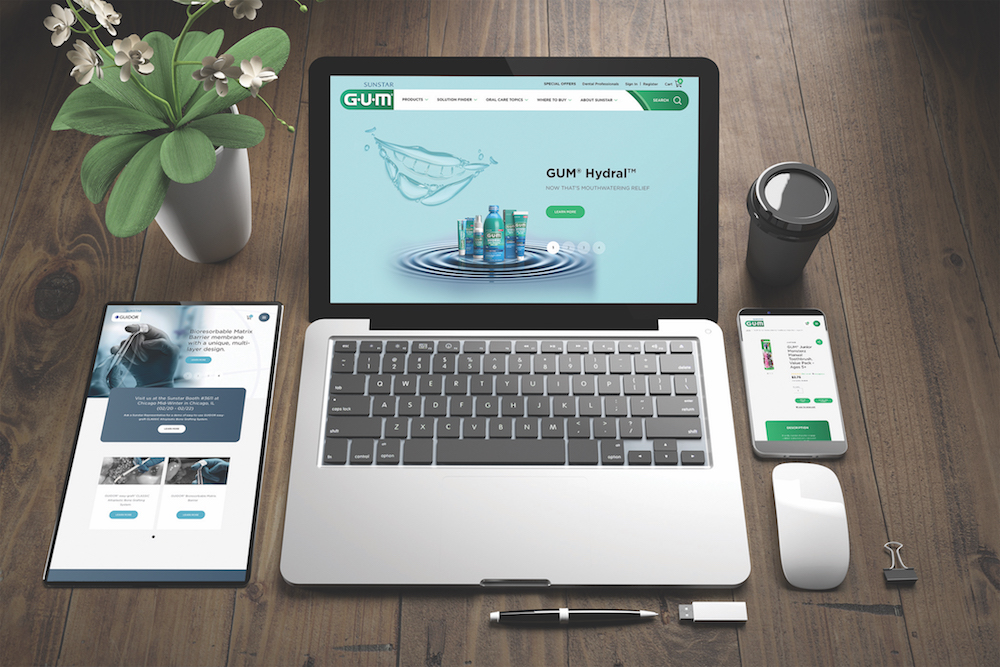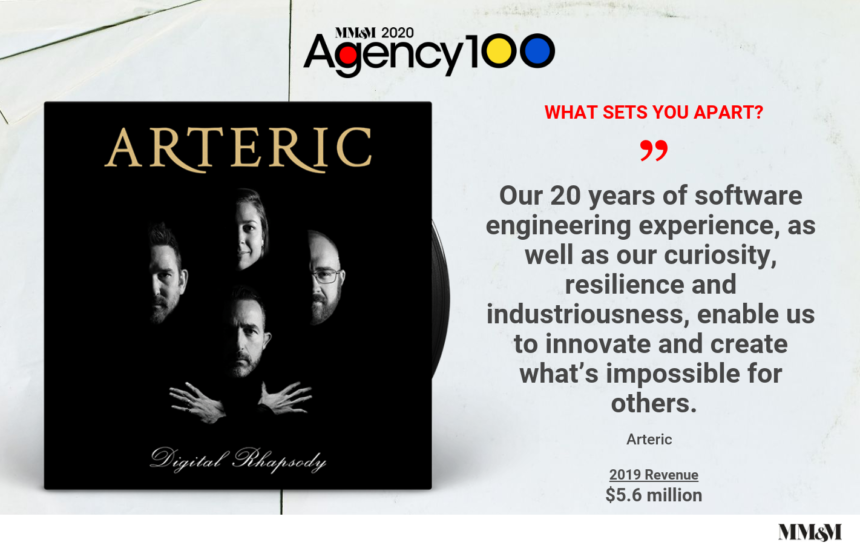Last year got off to a rocky start for Arteric when, in January, Bristol Myers Squibb announced it would acquire Celgene for $74 billion. Arteric was tightly integrated with Celgene, having worked with the company for years on high-profile assignments such as Otezla’s HCP campaign.
“We thought those accounts might be at risk,” recalls president and chief strategist Hans Kaspersetz. “Celgene was the majority of our revenue on the date of acquisition.”
But as 2019 progressed, Arteric team members slowly realized the bottom wasn’t about to fall out. The agency continued to work alongside its existing contacts at Celgene and new ones at BMS. It managed to keep the Otezla business even after the brand was divested to Amgen.
Coupled with the addition of a slew of new business toward the end of the year, including work on Greenwich Biosciences’ seizure drug Epidiolex, this catapulted the agency to growth. By the year’s end, Arteric’s revenue had risen to $5.6 million, up from $5.2 million in 2018. Head count climbed to 30, from 24 at the end of 2018.
On another front, the research and advisory firm Gartner named Arteric on a list of vendors creating true commercial value with artificial intelligence technology. The listing was validation for what Kaspersetz believes distinguishes Arteric from the vast majority of agencies working on similar campaigns: Its artificial intelligence and machine learning practice.
Since 2016, the agency has analyzed brand interaction data to determine the variety of ways people search for a specific drug. Kaspersetz notes that queries often vary depending on factors such as geography and socio-economic status. By way of example, an individual trying to determine the price of aspirin might search “How much is aspirin?” or “What is the price of aspirin?”

“There are about 15 variants of that question. You actually get different answers for all of them,” Kaspersetz notes.
Arteric is able to determine every search variant for a specific drug — and often, for those of its competitors — in order to track and target users as they move around the web. In the beginning, Arteric analyzed search data manually, but the sheer volume of the data sets soon made this unfeasible. Today, it relies on a proprietary tool that accelerates analysis. From there, Arteric helps brands identify the search terms that are most relevant to its intended audience and serve up effective targeted content, a process it calls query intent alignment.
In 2019, Arteric ran this service on behalf of an oncology brand that was launching a maintenance therapy. The brand handed Arteric more than 650,000 user interactions and “asked us to figure out whether their messaging and media channel strategy was going to be effective,” Kaspersetz explains. “There was almost zero activity for the set of keywords and concepts the brand’s messaging pillars were based on.” That realization allowed the brand to work toward changing the dialogue with physicians, including the terminology they used, prior to the campaign’s launch.
And despite the uncertainty amid the COVID-19 crisis, Kaspersetz is optimistic about 2020. “We are probably going to grow 20% this year,” he predicts.
The best marketing we saw in 2019…
Xiaflex’s Peyronie’s disease display screen equipment campaign. It made a taboo topic accessible and humorous, and it gave physicians and patients a common visual system to leverage in communication. — Hans Kaspersetz
From the June 01, 2020 Issue of MM+M - Medical Marketing and Media







